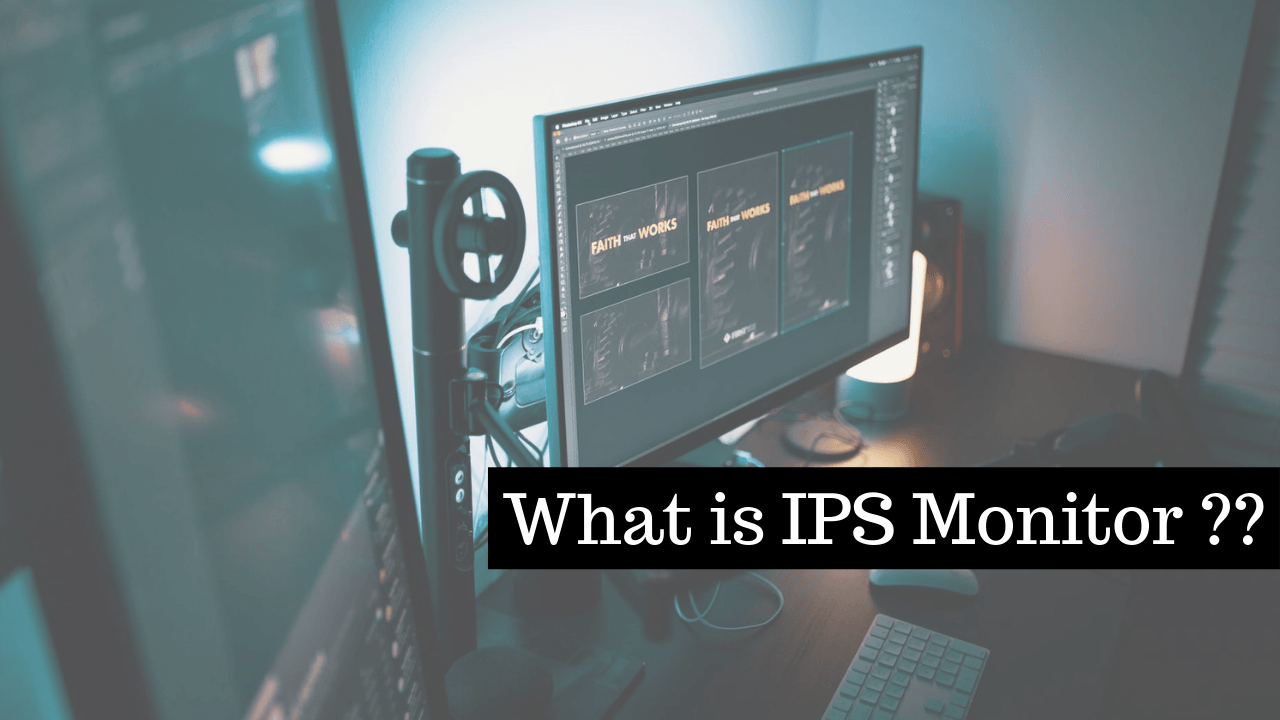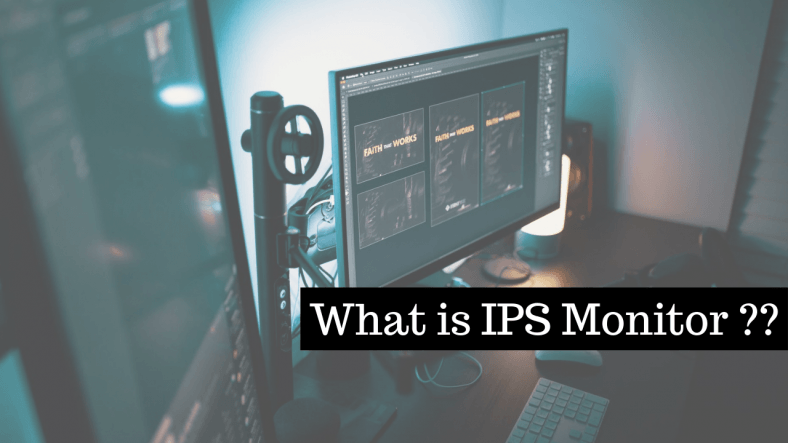Everyone who buys a new display monitor needs to decide which display technology they want. This doesn’t just mean the size, convergence, or resolution of the screen – you also need to decide on the panel type you want to get. Nowadays, there are three main types of display panels: TN (twisted nematic), VA (vertical alignment) and IPS (in-plane switching). However, IPS panels are the most expensive of the three.
With so many options on the table, it is easy to see that a lot of people can get very confused as to which one they should choose. In this article, we’ll be discussing IPS monitors, what makes them special, what makes them different from others, and why should you choose them over the other two types, all of it will be covered in this article. Anyone who doesn’t know the essentials IPS displays will surely find a lot of help from this article.
IPS or In-Plane Switching monitor, are types of panel technology for LCD or Liquid Crystal Display. IPS panels are known for having great color production and extreme viewing angles when compared to other display panel types. They are also known for producing high-quality images and detailed graphics. It involves arranging and switching the orientation of the molecules of the liquid crystal (LC) layer between the glass substrates In-plane switching. This is done, essentially, parallel to these glass plates.
What New Features do IPS Monitors Pack?
There are a number of features that are unique to IPS displays only. These features make IPS displays stand apart from the other two technologies.

Color Accuracy & Consistency
IPS monitors are really great when it comes to color performance mainly because they can reproduce 8-bit color naturally. Other monitors are not capable of producing 8-bit colors and have to achieve them by blending 6-bit colors.
IPS is an essential preference of graphics professionals because it has superior color accuracy. It usually also has a better color range than the other two types of displays.
See also: Best IPS monitor for gaming
Viewing Angles
Typical IPS monitors claim to have about 178 degrees of viewing freedom in all directions. This means it takes far more extreme angles for IPS panels to shift colors dramatically. It is a great feat to achieve and is admired by gamers and professionals alike.
Typical TN displays claim to have large viewing angles but most of the time, you’ll notice pretty ugly lighting shifts if you view them from anywhere except the dead center.
Better Sunlight Visibility
Colors and images on an IPS panel remain considerably more visible and clear under bright outdoor lights or direct sunlight than other display technologies. This is an amazing feature that outshines this panel from the previous ones.
IPS displays allow users to not worry about opening up their curtains and let the refreshing sunlight in. It also helps greatly when you’re always moving and have to work outside where sunlight abundant.
Larger Color Gamut
If you want to display a larger subset of colors (gamut), IPS is the way to go. Although there are no monitors on the market capable of displaying the entire gamut of colors, most above-average IPS panels will get you close.
Contrast
IPS monitors almost always have better contrast ratios than comparable TN panels. It allows colors to come out very accurately and is a Godsend for graphics professionals.
Disadvantages of IPS Monitors
There never is a perfect product, there will always be some disadvantages to any type of technology and it’s very important that you should know about them before making your decision.
Power Consumption
One of the main disadvantages of IPS panels is their power consumption. In-plane switching technology consumes more power than any other display panels and it can be an issue when it are used in laptops where power consumption is severely limited.
Slower Pixel Response Time
Another disadvantage of the in-plane switching technology is its slow pixel response time which basically leads to a lower refresh rate. This limitation makes IPS panels an unsuitable display option for use in fast-paced and competitive gaming.
High Production Cost
Manufacturing of IPS LCD panels is costlier because of the engineering complexity involved in it. All the advantages we discussed earlier are really hard to achieve and result in IPS panels being very expensive compared to the other two display types.
Conclusion
IPS displays were designed to improve on the flaws of the TN technology, primarily in regards to the poor viewing angles and color reproduction. IPS is indeed a better display technology for creative professionals.
If you are considering a long-term career as a creative professional, then a high-quality wide gamut IPS LCD is the thing that you must have in your bucket of lists. It is a good investment that will surely give you an edge over other people who are working on TN or VA panels.
